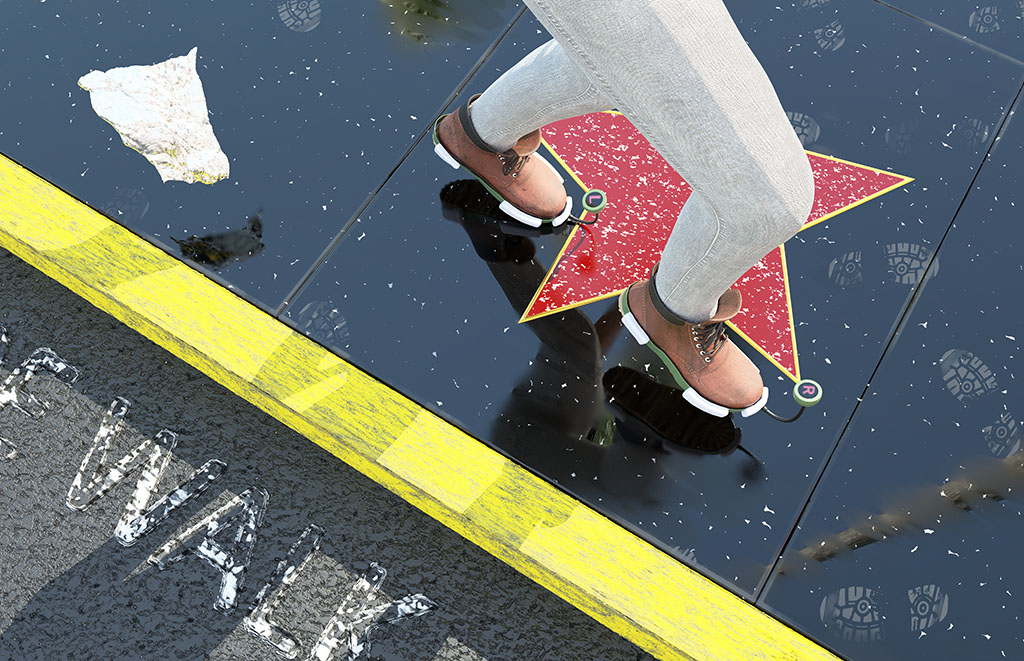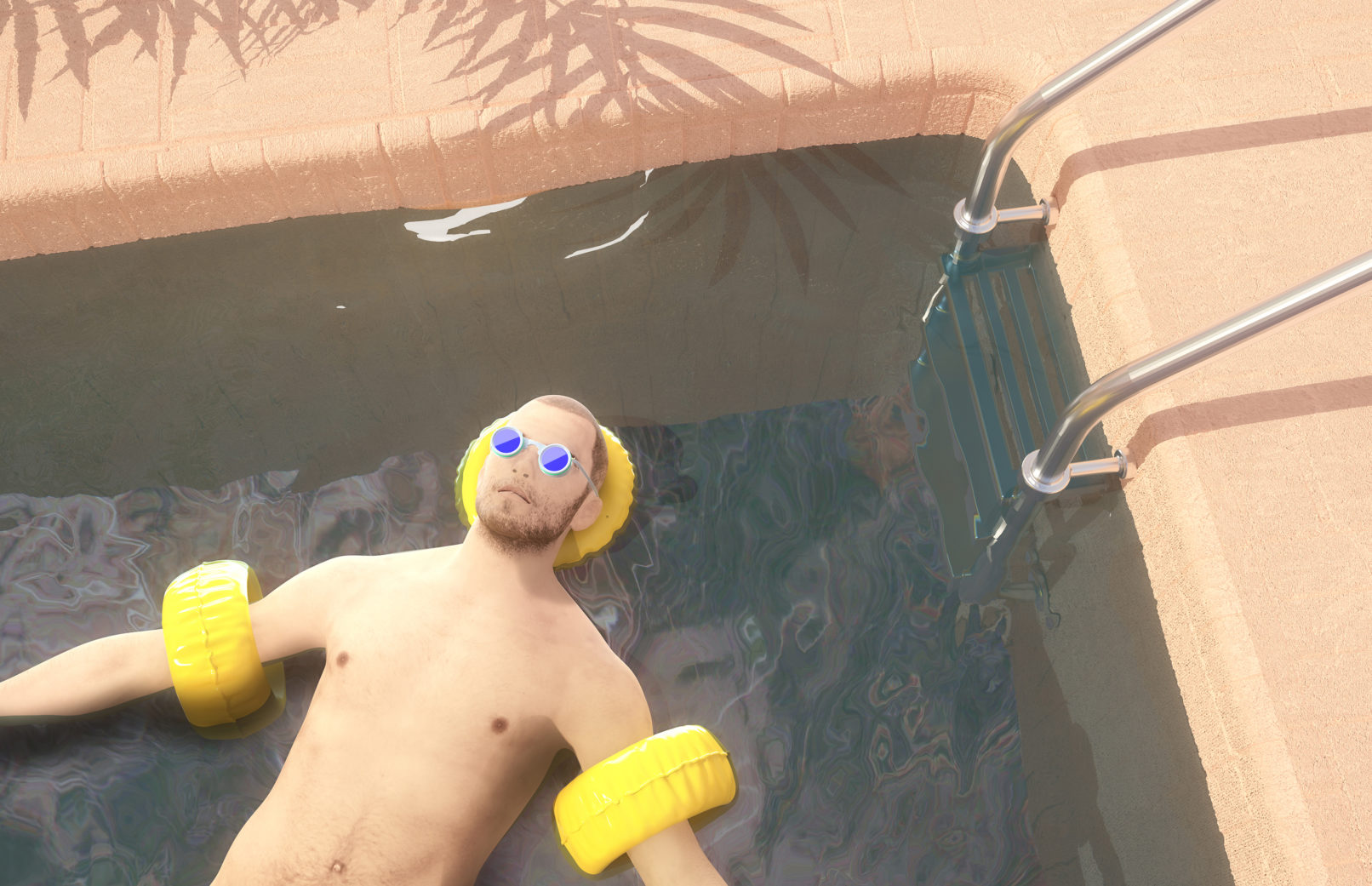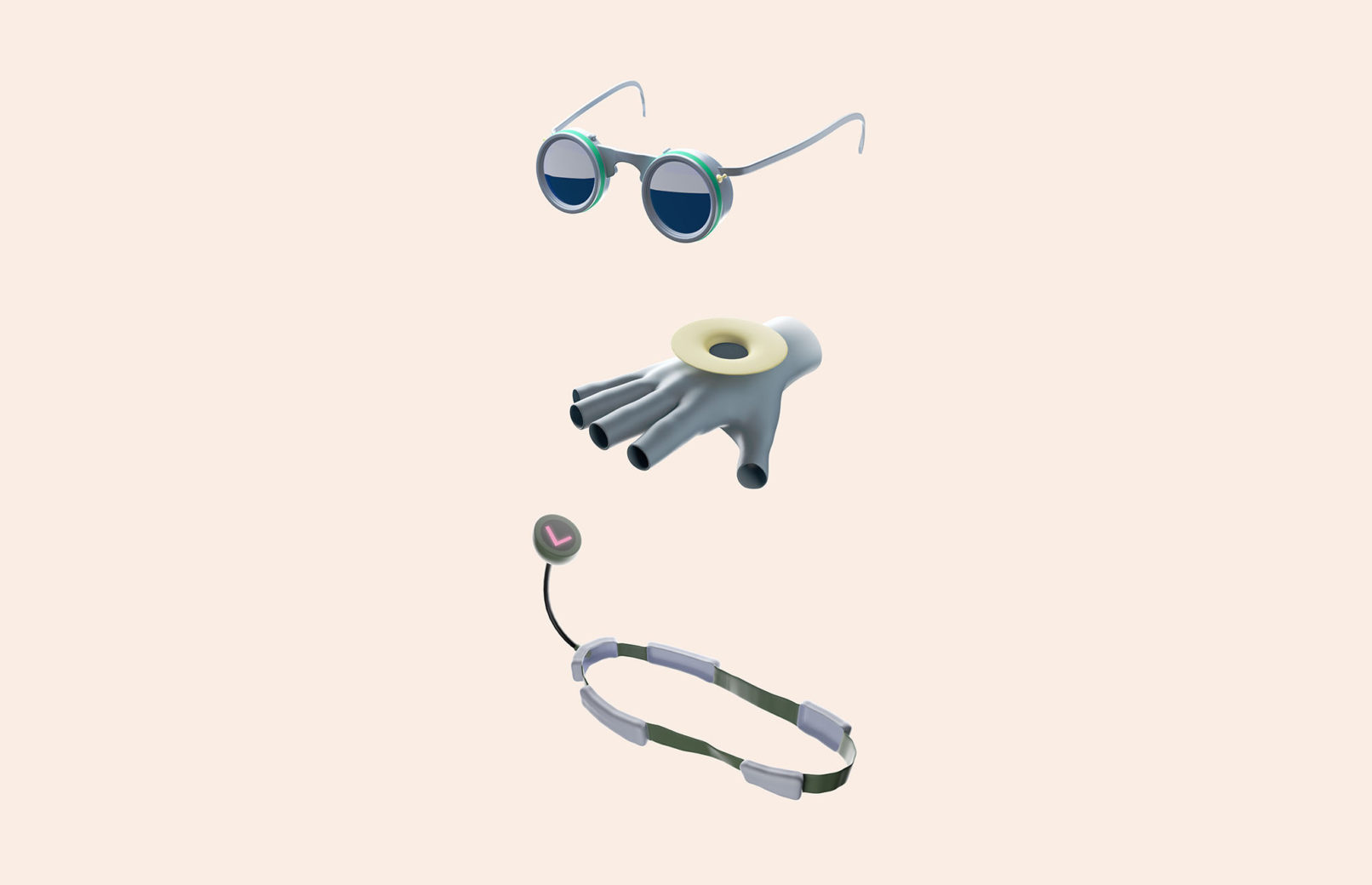Digital tourism is giving people the opportunity to experience and explore a diverse set of destinations before visiting the actual, physical place. In order to attract more potential tourists, the tourist areas are actively producing their promotional digital contents by using emerging technologies such as Virtual Reality or 4K promotional film. People can explore their destinations through the highly realistic sensory experiences that give almost dreamy feelings. However, when people visit the locations the experiences are not the same as they have known. People find that the reality is not dreamy, it is dreary. The sky seems less blue and the excitement of the activities are not as extreme. More exposer of the advanced digital tourism often turns people down to see the gaps. This leads people’s disappointment or disrealisation of the reality which questions what is ‘reality’? What do we prefer to explore in the new destination?
Between Dreamy and Dreary (2018)
This project is my response to Frame Magazine‘s The Challenge section, which they ask four emerging designers to respond to a topical question with a future-forward design concept. Frame Magazine asked me to suggest an idea for the Future of Tourism for the Issue No 122 (May-June 2018).
Visual Collaboration with Owen Wells

People will need help to recognise where they are and what they see in a real environment - stimulating the sense of touch is a good way to support this. The sound-touch glove will use the unique properties of the physical material, food or drink for example, to generating sound - thereby provoking the wearer to use their sense of touch. This multisensory experience of the real environment will also help the user to remember the moment even more vividly after the trip.

The directional coordinating boots will indicate the user their way of walking by providing the signs of the left and right direction at the user’s each step. The boots also have bumpers to protect the user’s feet from possible incoordination. In the virtual space experience, often people do not need to care where they walk as the automated direction sensing system would support their road trip exploration regardless of their actual footsteps. Since one of the difficulties that is caused by the post-VR could be finding the sense of space, some help with directional coordination will be needed for the tourists. Although the directional coordination boots have a simple method to inform the user’s direction, the visual cognition of the movement will effectively support the user not to losing the sense of space. The boots can store the data of the bumpers’ activation, which the user could monitor in order to make improvements to their sensory coordination skills in real space.

The glasses will provide a chance to correct the tone and colour of reality, allowing people to adjust reality to match the user’s preference. Perhaps, it would seem a bit like Instagram, where colours and tones are corrected in order to match the way the account owner would like to remember and present the moment. The glasses will play a negotiating role between the ‘true reality’ and the ‘expected reality’. People can still enjoy their physical exploration of the real travel location; at the same time, they do not necessarily need to feel any disappointment because of any visual difference from virtual exploration.

